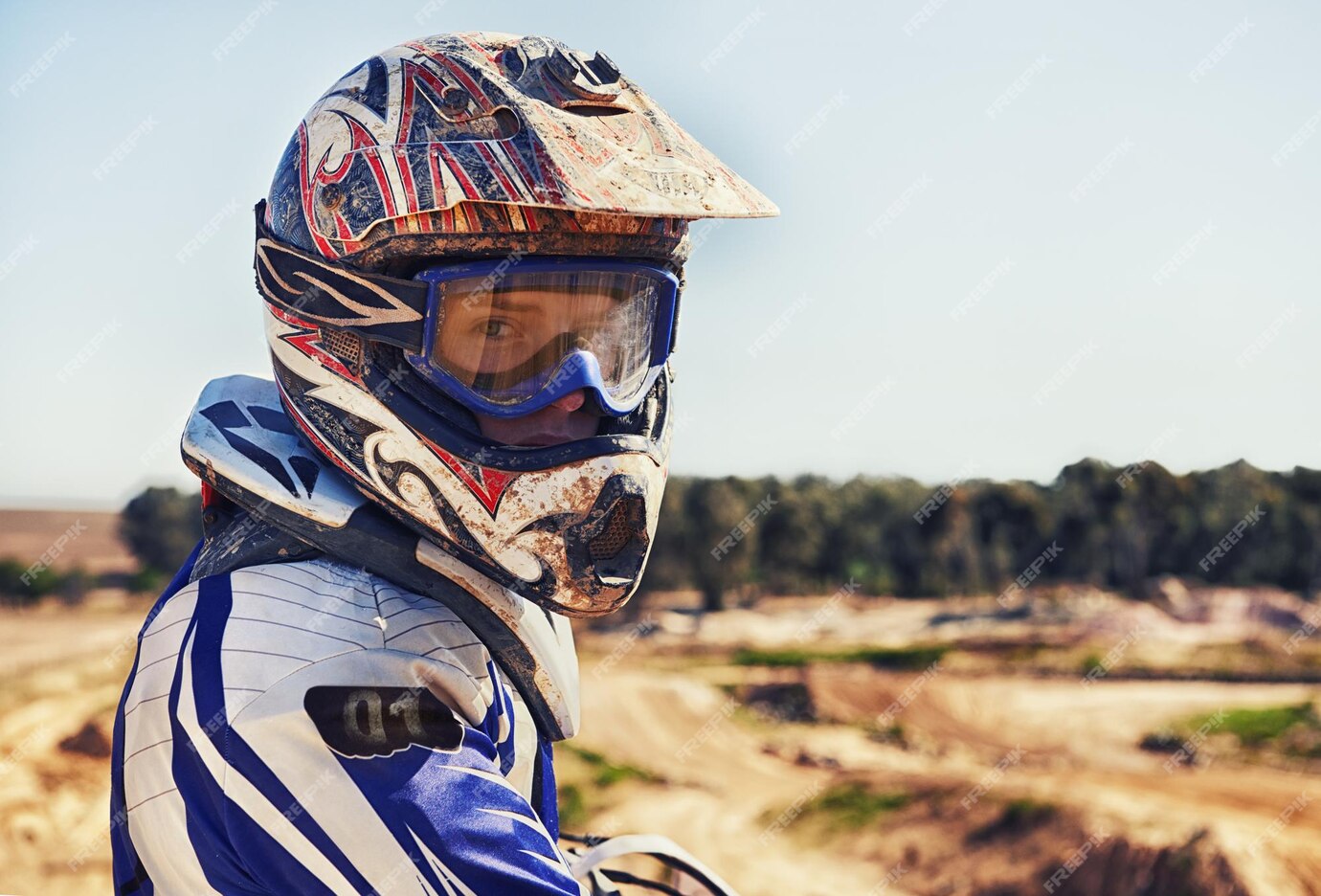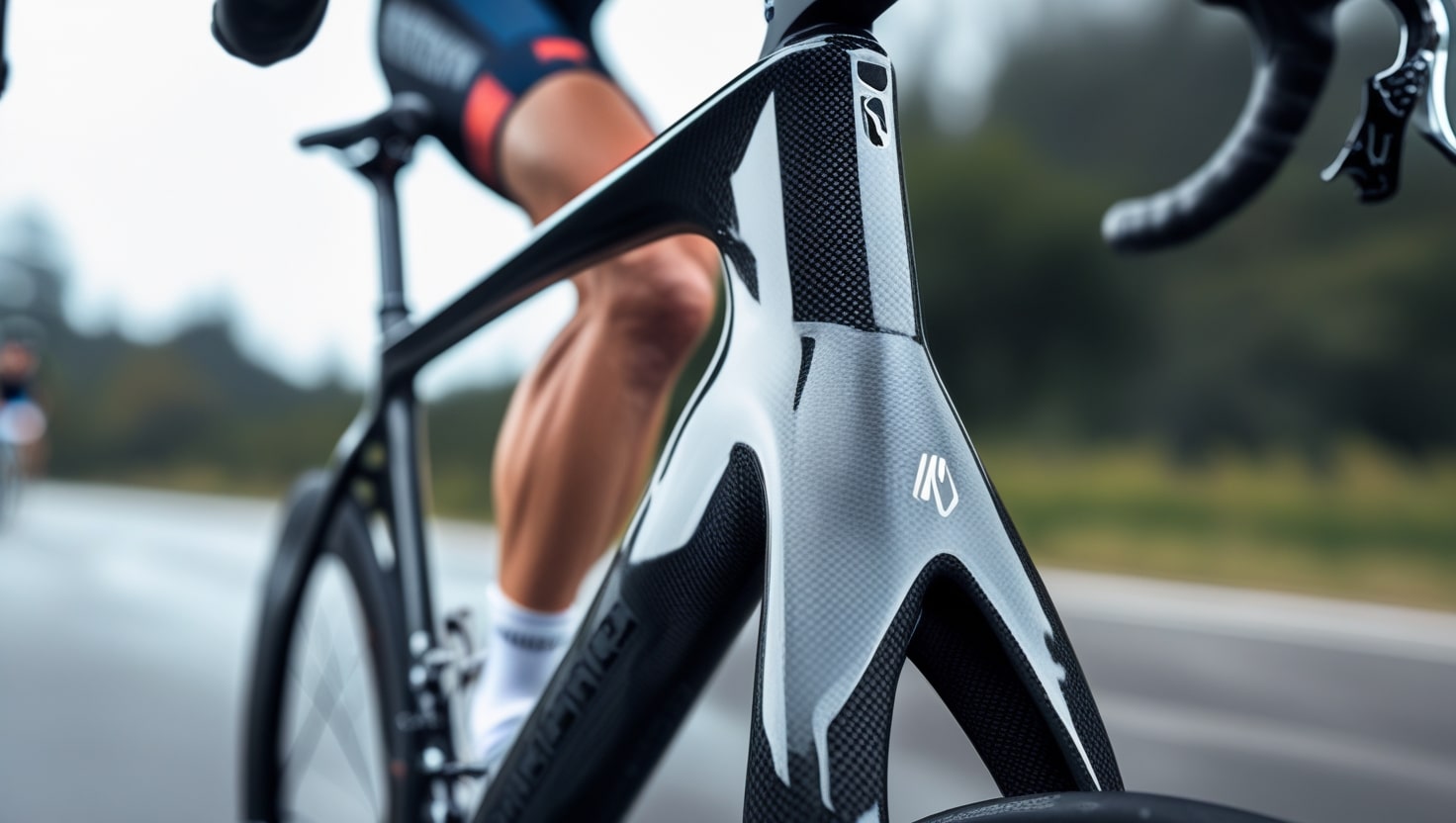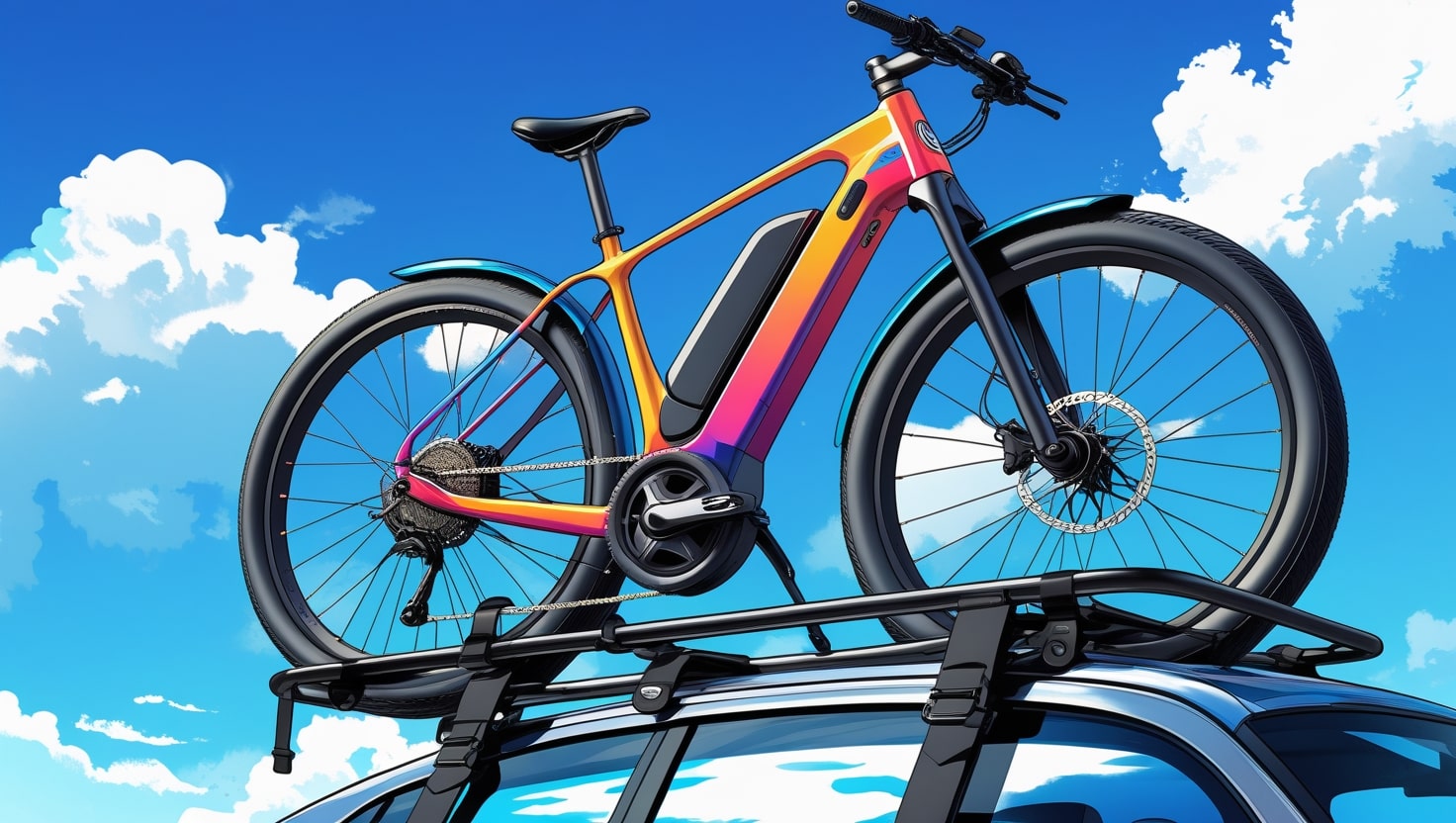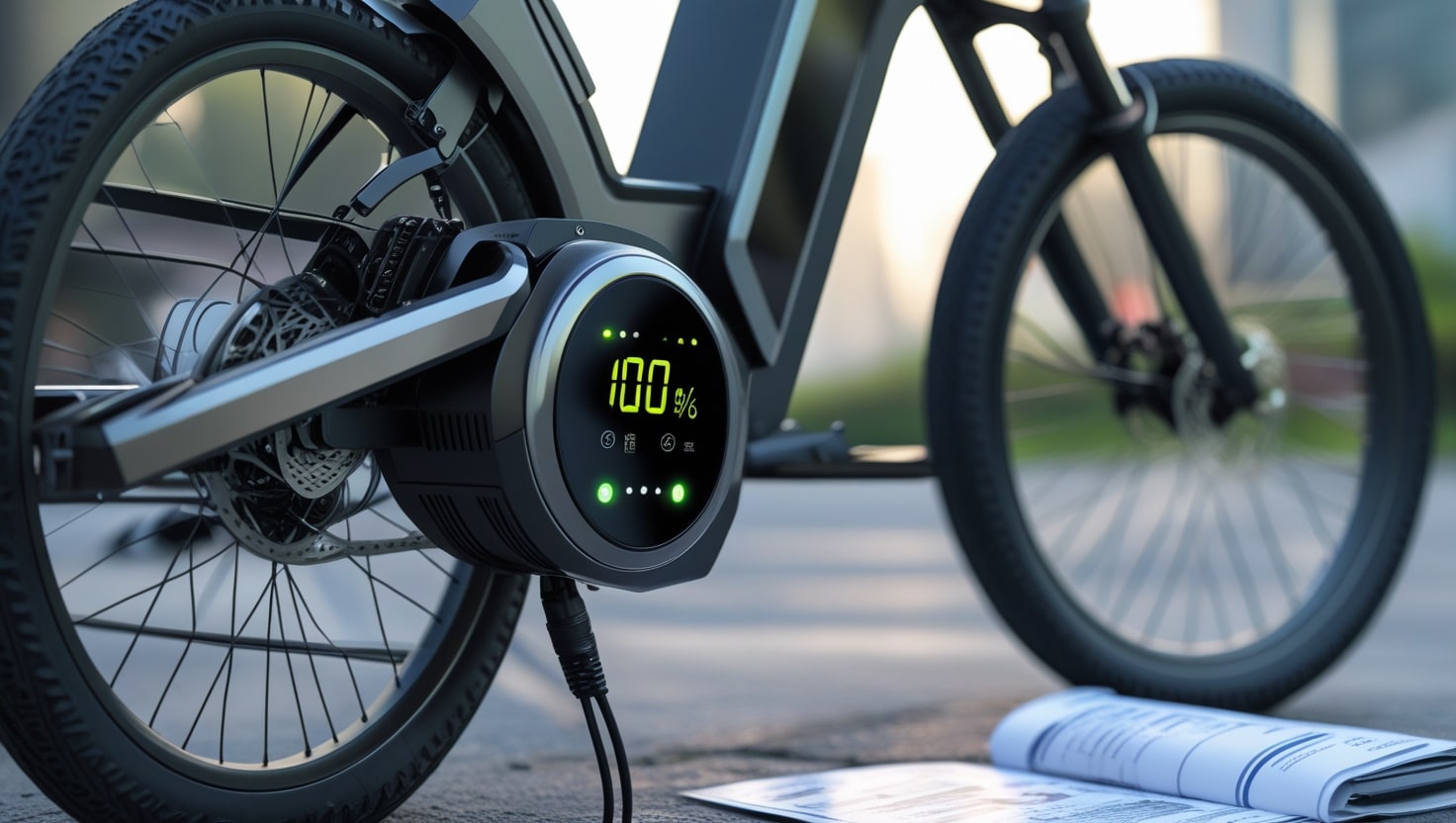As someone who’s spent years on the trails, I’ve learned that the design of your gear can make or break your ride. Whether you’re a novice just getting into biking or a seasoned rider tackling steep terrain, it’s important to really understand the nuts and bolts of what protects you. One piece of gear that often gets overlooked is the helmet—specifically, the visor.
People often ask, “Why do dirt bike helmets have visors?” The deal is, they’re not just there for style. Visors serve critical, multifaceted functions—from shielding your eyes from sun and debris to helping save your face from flying rocks and branches. The bike kicks up a lot of dirt, and a well-designed visor helps cut through it. When you pick the right helmet with a good visor, you’re not just riding—you’re riding smart.
Why Do Visors Exist on Dirt Bike Helmets?
Out on off-road trails, where every turn throws up dirt, mud, and unexpected branches, having the right helmet can make a huge difference in your riding experience. From my own adventures, I’ve learned that the visor—sometimes called the peak—is more than just a cool-looking piece; it’s a protective tool with real functions. It helps deflect low tree limbs and flying debris, acts as a barrier against roost from the bike in front of you, and even shields your eyes from harsh sunlight. All of this adds up to better visibility, more comfort, and improved safety for the rider.
The Evolution of the Dirt Bike Helmet
When we look back at the first-ever dirt bike helmet, it’s clear how much the design of helmets has evolved. Early versions were quite simple, with protective gear that barely resembled the helmets we wear today. As time passed, the design began to incorporate important elements like visors for added functionality. Unlike street helmets, which typically feature face shields, dirt bike helmets specifically use visors to serve practical purposes far beyond just aesthetic appeal. These visors help protect the rider’s eyes and face from dirt, debris, and sun, proving how vital they are for safety on rough terrain.
Differentiating Street Helmets and Dirt Bike Helmets
When I first started riding both on-road and off-road, I quickly noticed the difference in how street and dirt bike helmets are designed. Street helmets usually come with face shields, offering full protection at high speeds, which is great for the highway and the specific types of accidents that can happen there. On the other hand, dirt riding is all about thrills and handling sudden spills, which is why visors are built into off-road helmets—they’re better for keeping out dirt and debris. If you delve into the details, you’ll see why these two helmets serve such different roles: each one is built for its own environment and rider needs.
Functionality and Purpose
Protection from Debris
If you’ve ever ridden a rugged track, you know the kind of wild spray that hits your face when the tyres in front of you kick up mud, dirt, or sharp rocks. I’ve had that exact experience, and trust me, it’s not something you want to repeat without protection. That’s where the visor comes in—it acts like a mini-shield, constantly warding off flying debris. It’s almost like your own little knight in shining armour, mounted on your helmet, defending you from the chaos of off-road riding.
Sunlight Protection
Anyone who’s had to make a sharp turn while riding into the sun knows just how risky and even dangerous that moment can be. I’ve been there—squinting through the blinding light, trying to focus on the ride while hoping nothing jumps out of nowhere. That’s where visors come in. Like built-in sunglasses, they shield your eyes and cut the glare, making your ride safer and smoother.
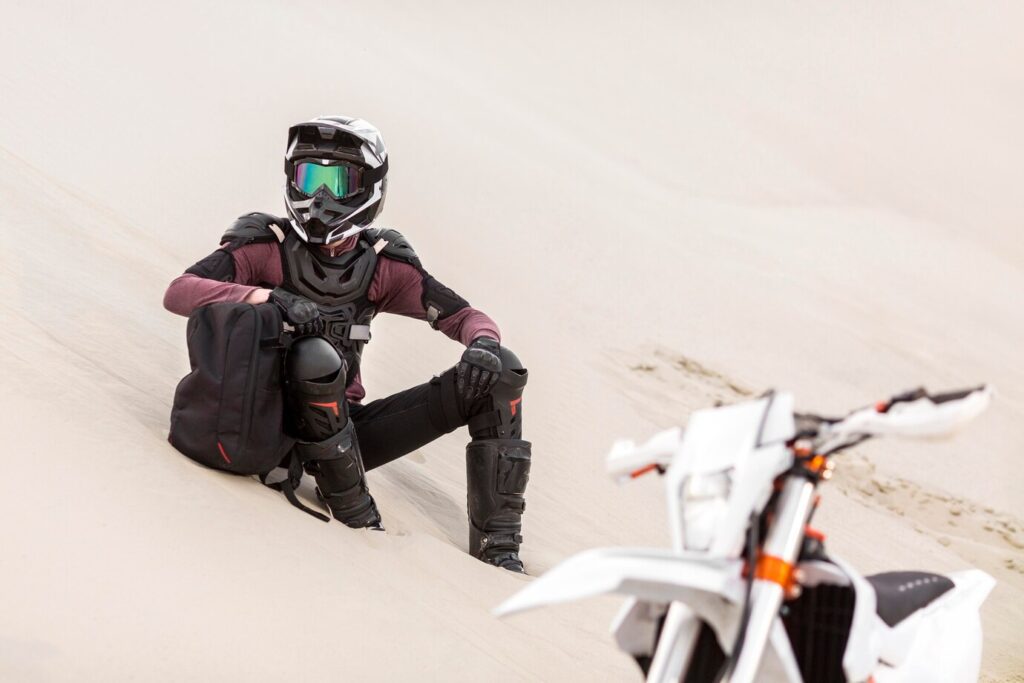
Deflecting Roost
If you’ve ever trailed another bike on a dirt path, you’ve probably experienced the sudden hit of flying mud and sharp debris hitting your face—that’s what riders call roost. It happens when other bikes shoot dirt backward as they tear through the track. That’s where your helmet’s visor makes a huge difference. Acting as a built-in deflector and shield, it lets you stay on your ride without ending up with a mouthful of muck.
Branch Deflection
When you’re riding off-road, one of the biggest perils isn’t just the bumps or loose dirt—it’s the low-hanging branches waiting to slap you right in the face. I’ve had it happen mid-ride, and it’s not something you forget. That’s why the visor on a dirt bike helmet is more than just a design choice. It acts like a bumper, fending off brush and limbs before they catch you off guard.
Compatibility with Goggles
Out on the trail, your visor and goggles work as a dynamic duo—a combo I’ve relied on many times. The visor isn’t just there for shade or style; it plays a key role in managing airflow, which helps keep your goggles from fogging up. No rider wants to deal with fog blocking their vision in the middle of a tight turn or steep drop. This setup gives you maximum face protection while making sure your line of sight stays optimal, clear, and focused throughout the ride.
Related: Best Mountain Biking Glasses
Design and Construction
What materials are used to make these visors? The majority of them are made of sturdy polymers that can resist shocks.
Because of this, they are strong and lightweight, making them ideal for off-road journeys.
Aesthetic and Functional Design
The visor’s design is based on usefulness, yet most people view it as a fashion statement.
Despite their similar appearance, road bike face shield visors are not interchangeable.
Visibility Enhancement
One thing I’ve learned from hitting the trail over and over is how much your view matters, and visors play a big role in that. Some come with special coatings, including anti-fog and anti-scratch layers, which may sound like a fancy add-on, but they’re actually a super functional feature.
These help keep your vision unhindered, so you can stay locked in and focus on the ride, not constantly adjusting your gear or wiping your lens. It all adds up to better visibility, which is key when terrain gets rough or conditions change fast.
Clarity Under Different Conditions
In addition to protecting against sunlight, the visor offers an unhindered view of the outside world.
Whether traveling on a road, route, or motorcycle track, this is essential for all riders.
Related: Top 50 Best Motorcycle Routes in USA
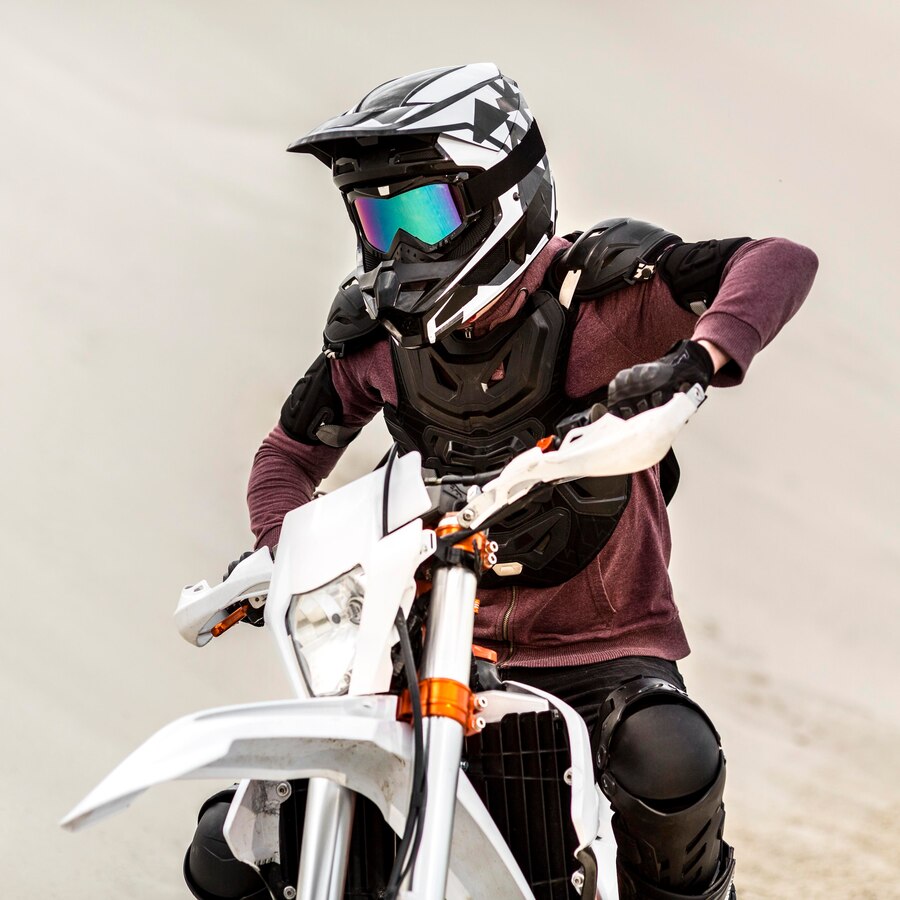
Ventilation and Airflow
From my experience on dirt trails and long stretches of road, one often overlooked but vital aspect of dirt bike helmets is airflow. The design of visors isn’t just for looks or debris protection—it plays a huge role in ventilation.
It helps manage wind capture while letting fresh air flow freely, keeping the rider cool during intense riding sessions. If you plan to cover serious distances, it’s a noteworthy detail to consider.
Maintenance and Care
Your visor is more than just a feature—it becomes a steadfast companion on every ride, shielding your face and enhancing your vision. But like any gear, it needs some regular TLC to keep doing its job.
A quick wipe-down after each session and a more thorough clean periodically helps prevent build-up and damage. Keep an eye out for signs of wear and tear, because once the visor starts to break down, a replacement is key to ensuring your protection stays solid and continued over time.
Cleaning the Visor
The visor can be cleaned using a soft cloth. Chemicals could dissolve the substance and affect your protection, so stay away from them.
Chin Strap Maintenance
Make sure to check the chin straps when you’re doing it. Maintaining the helmet’s position requires a snug chin strap, especially in windy conditions.
Rider Preferences and Customisation
While visors are packed with function, they also offer room for style and personal flair. The demand for custom visors is growing rapidly, offering a wide range of choices that allow you to match your visor to your bike, riding gear, or even how you’re feeling that day. Some riders prefer sleek, aerodynamic designs, while others go for a bit more pizazz.
These stylistic sections really enrich the overall gear setup, showing that even in something as practical as a helmet, there’s space for personality in every article you wear.
Safety Regulations and Standards for Visors
When it comes to dirt bike helmets, riders often focus on features and comfort—but behind the scenes, strict safety standards shape how each visor is designed. Different countries have specific regulations and guidelines to ensure every rider gets the protection they need. A high-quality visor must handle impacts, resist damage, and still deliver peak performance in all kinds of conditions, including harsh sunlight.
Related: 14 Best dirt bike trails in Oklahoma
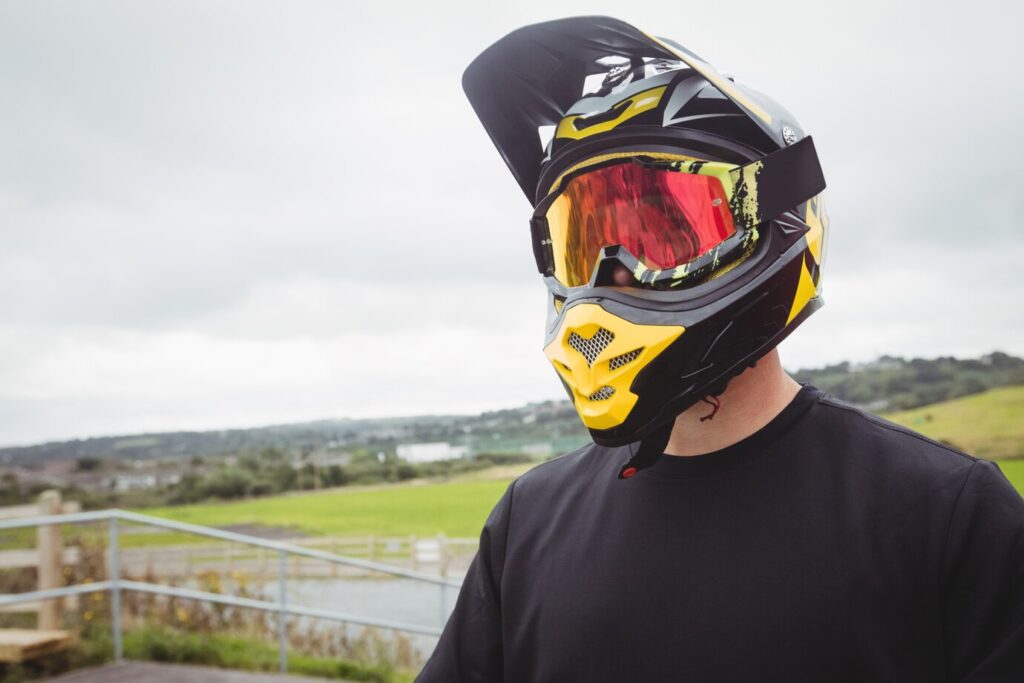
Importance of Certification
Having a certified visor on your helmet isn’t just a luxury—it’s a true necessity for any serious rider. From experience, I can tell you that helmets go through rigorous testing to make sure they can handle everything from impact and absorption to wind capture and air flow.
How to Choose a Helmet with the Right Visor
It can be difficult to select a helmet with the ideal visor for your requirements.
But it need not be the case.
Shape and Size Matter
The visor’s size and form should be taken into account first.
Some riders opt for a compact, aerodynamic visor to reduce wind drag, while others opt for a larger one to improve coverage from the sun.
Compatibility with Goggles
It’s worth another mention just how important goggles are when paired with a dirt bike visor. Together, they create a solid layer of protection that keeps your eyes shielded from debris, sun, and wind. But for that combo to work, they need to be compatible. A good visor allows for proper ventilation, giving room for air to flow smoothly and preventing fogging inside your goggles.
Material and Durability
Since your visor is the initial line of defense against the weather, it must be composed of a sturdy material that won’t break when hit.

User Reviews and Recommendations
Many riders, myself included, see the visor as more than just a piece of gear—it’s your first defence when riding tough trail routes. From flying roost and thick dirt to unpredictable elements, the visor takes the hit so your face doesn’t have to. Reviews often mention how well a durable visor holds up over time, especially when made from tough materials that can withstand serious impacts without shattering.
How to Choose a Helmet with the Right Visor
There are several misconceptions regarding visors that need to get clarified.
Here they are:
Visors Are Just for Show
Some people think visors are just a cool design element, maybe even a bit superficial, but that couldn’t be further from the truth. From my experience on both the road and off-road trails, I can tell you their real function is vital. They serve critical purposes like sunlight protection and managing wind capture, especially in harsh conditions. These aspects matter a lot when you’re riding for hours, and every rider knows how important it is to stay focused and shielded.
All Visors Are the Same
Many riders think visors are all the same, but in reality, they come in distinct designs, sizes, and materials, each made for a specific purpose. Some have a sharp peak that’s designed to reduce glare from the sun, while others are built to enhance wind capture and improve ventilation.
Visors Make Helmets Less Safe
There’s a common myth that a visor—especially one with a prominent peak—might catch on something during a fall, causing serious issues like a twisted neck. I’ve heard this a lot, but it doesn’t reflect how modern helmet designs actually work.
Modern visors are designed to detach under strong impact, intentionally designed to reduce potential damage to the rider.
Conclusion
After years of riding both on the track and deep in the trail, I’ve come to see the visor not just as a decorative element but as a truly multifaceted component of any dirt bike helmet. It acts as a shield, blocking harsh sunlight, shading your eyes, and offering protection from flying mud, roost, and sharp debris. Positioned at the peak, it’s your first line of defense, standing between your face and anything that the trail throws at you. Whether it’s keeping tree branches away or improving airflow, the visor plays a big role in helping riders stay comfortable, safer, and more focused.
For any avid or aspiring rider, it’s important to understand that this isn’t just about looks—it’s about function. The visor synergizes with your goggles, working together to enhance visibility and provide proper ventilation during tough off-road experiences. When you’re equipped with the right gear, every ride becomes easier to manage and a lot more enjoyable.
So if you’re eager to delve deeper into the realm of safety, gear tips, or riding protocols, keep an eye out for more in-depth articles designed to fuel your adventures. With the right knowledge, a renewed respect for your helmet, and a solid understanding of how your visor works, you’re more than ready to venture out on those trails and ride smart.
Related: Essential Mountain Bike Accessories
FAQs
Can Visors on Dirt Bike Helmets Be Adjusted for Different Angles?
One of the best things about modern dirt bike helmets is that many come with adjustable visors, which can be tilted to different angles depending on what the rider needs. Whether you’re riding in low or high sun, or through dusty terrain with flying debris, being able to customise the position of your visor makes a huge difference. It’s essential to check the manufacturer’s guidelines so you fully understand the extent to which your visor can be adjusted.
Are Visors on Dirt Bike Helmets Interchangeable?
Many dirt bike helmets come with visors that can be replaced, giving riders the flexibility to swap them out if they experience visual issues like impairment from scratches or damage. While some riders look for heated visors or hope for a universal fit, it’s important to know that replacement visors aren’t always one-size-fits-all.
You’re not limited to one brand, as some visors are compatible with various helmets, but each company uses its own sizing and measurements. So, it’s essential to double-check and ensure compatibility before making a purchase—a small step that makes a big difference.
How Do I Maintain and Clean the Visor on My Dirt Bike Helmet?
Maintaining and cleaning the visor on your dirt bike helmet is a simple process, but it does take some attention to detail. If you notice a tough stain that won’t remove easily, try letting the visor soak in a container with hot water and a mild cleaner. Always take the visor off the helmet first to keep the rest of your gear dry.
Avoid using too much force—if the stain is still there, leave it to soak overnight. You can use specialized visor cleaners or wipes for the best results. If those aren’t available, a soft microfiber cloth and warm water will also do a great job of wiping away fingerprints and grime.
Do All Dirt Bike Helmets Come with a Visor?
Not every dirt bike helmet includes a visor, but the majority do—offering different types and designs to suit a variety of riders and riding conditions. Some models come with a built-in visor that’s permanently fixed, giving a secure fit designed to withstand rough terrain. Others feature a detachable option that lets you remove or replace the visor depending on your preferences. This adds flexibility for those who like to choose based on their needs or personal preferences.

